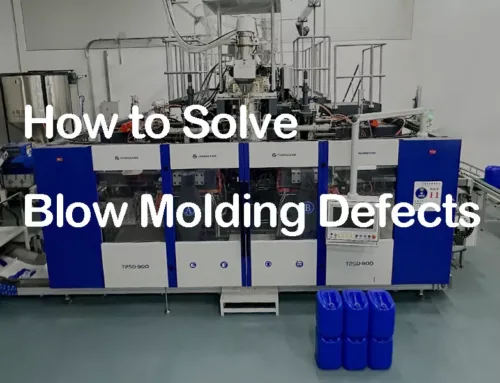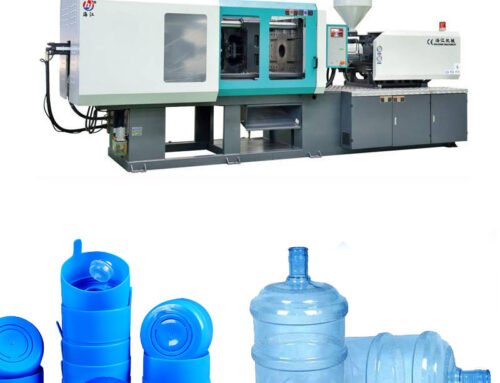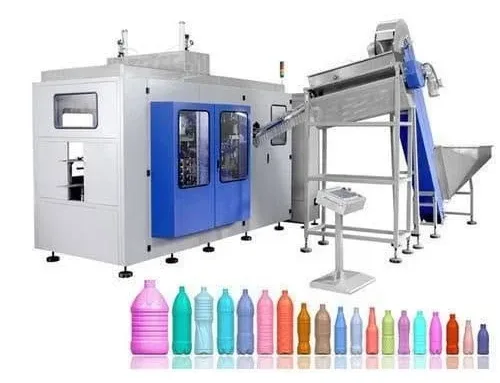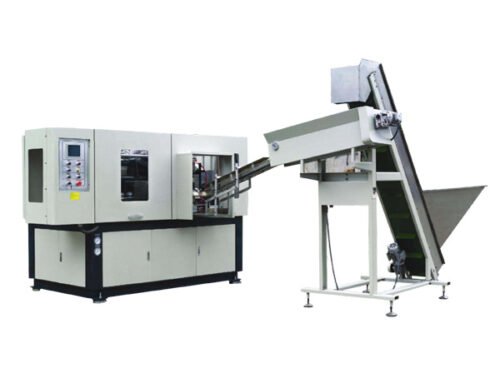Introduction
In today’s competitive manufacturing landscape, improving production efficiency is crucial for businesses to stay ahead. One of the best ways to achieve this is by incorporating advanced auxiliary equipment into your production processes. These tools complement primary machinery and streamline various tasks, reducing downtime, improving product quality, and optimizing the overall manufacturing flow.
This blog will explore how specific types of advanced auxiliary equipment—such as high pressure air dryers, high pressure compressors, screw air compressors, air pressure tanks, and air filters—can significantly enhance production efficiency. We’ll look at how each piece of equipment functions, their benefits, and why integrating them into your production lines will lead to higher productivity and cost savings.
By the end of this guide, you will understand how advanced auxiliary equipment can boost your manufacturing operations and improve overall efficiency.
The Role of Advanced Auxiliary Equipment in Production Efficiency
1. What is Advanced Auxiliary Equipment?
Advanced auxiliary equipment refers to machinery that supports primary production units. These tools assist with tasks like air compression, air filtration, and moisture removal, ensuring the production line runs smoothly. Key auxiliary equipment includes air dryers, compressors, and filters, which help maintain optimal conditions for the main machinery to function efficiently.
- Air Dryers: Remove moisture from compressed air to prevent equipment damage.
- Compressors: Increase air pressure for various production processes.
- Air Filters: Ensure that the air used in production is clean and free of contaminants.
By improving air quality, regulating pressure, and ensuring that the equipment remains in top condition, these auxiliary systems contribute significantly to productivity.
2. Why Efficiency Matters in Manufacturing
Manufacturing processes involve several stages, each of which requires precision, speed, and consistency. Any disruptions—whether due to moisture buildup, air pressure imbalances, or dirty air—can lead to operational delays, equipment breakdowns, or product defects. These disruptions negatively affect both output and quality.
Advanced auxiliary equipment helps prevent such issues by:
- Reducing downtime: Automates processes and ensures systems function efficiently.
- Maintaining product quality: Regulates conditions to ensure precision.
- Minimizing errors: Eliminates human intervention, reducing mistakes.
The integration of these systems into your manufacturing setup not only reduces inefficiencies but also helps to maintain a steady production flow, ultimately improving profit margins.
Key Types of Advanced Auxiliary Equipment
1. High Pressure Air Dryer
A high pressure air dryer is essential for eliminating moisture from compressed air. In many industrial processes, air is compressed to high pressures, which can trap moisture. This moisture can cause corrosion, clogging, and inefficient machine performance.
- How it Works: Air dryers reduce humidity in the compressed air before it enters the equipment.
- Benefits:
- Prevents rust and corrosion.
- Improves machine life.
- Ensures consistent performance by keeping the air dry.
Using a high pressure air dryer improves the efficiency and longevity of the equipment, making it a crucial component for maintaining a smooth production flow.
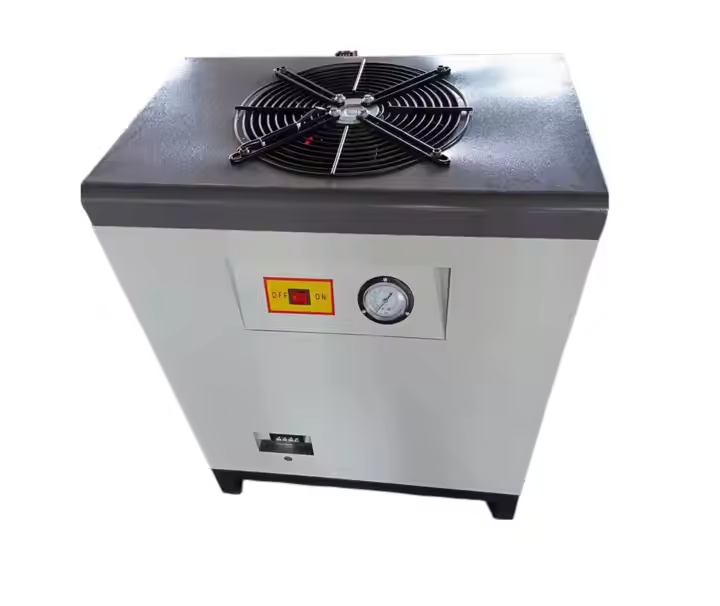
2. High Pressure Compressor
A high pressure compressor is used to supply compressed air at a higher pressure than standard compressors. It plays a critical role in applications where high-pressure air is needed, such as in blow molding or injection molding processes.
- How it Works: It compresses air to a higher pressure, providing more force for production machinery.
- Benefits:
- Improves air supply for high-demand machines.
- Supports large-scale production by delivering the necessary air pressure.
- Reduces operational costs by improving air efficiency.
By ensuring a steady supply of high-pressure air, a high pressure compressor boosts production capacity and reduces energy consumption in the long term.
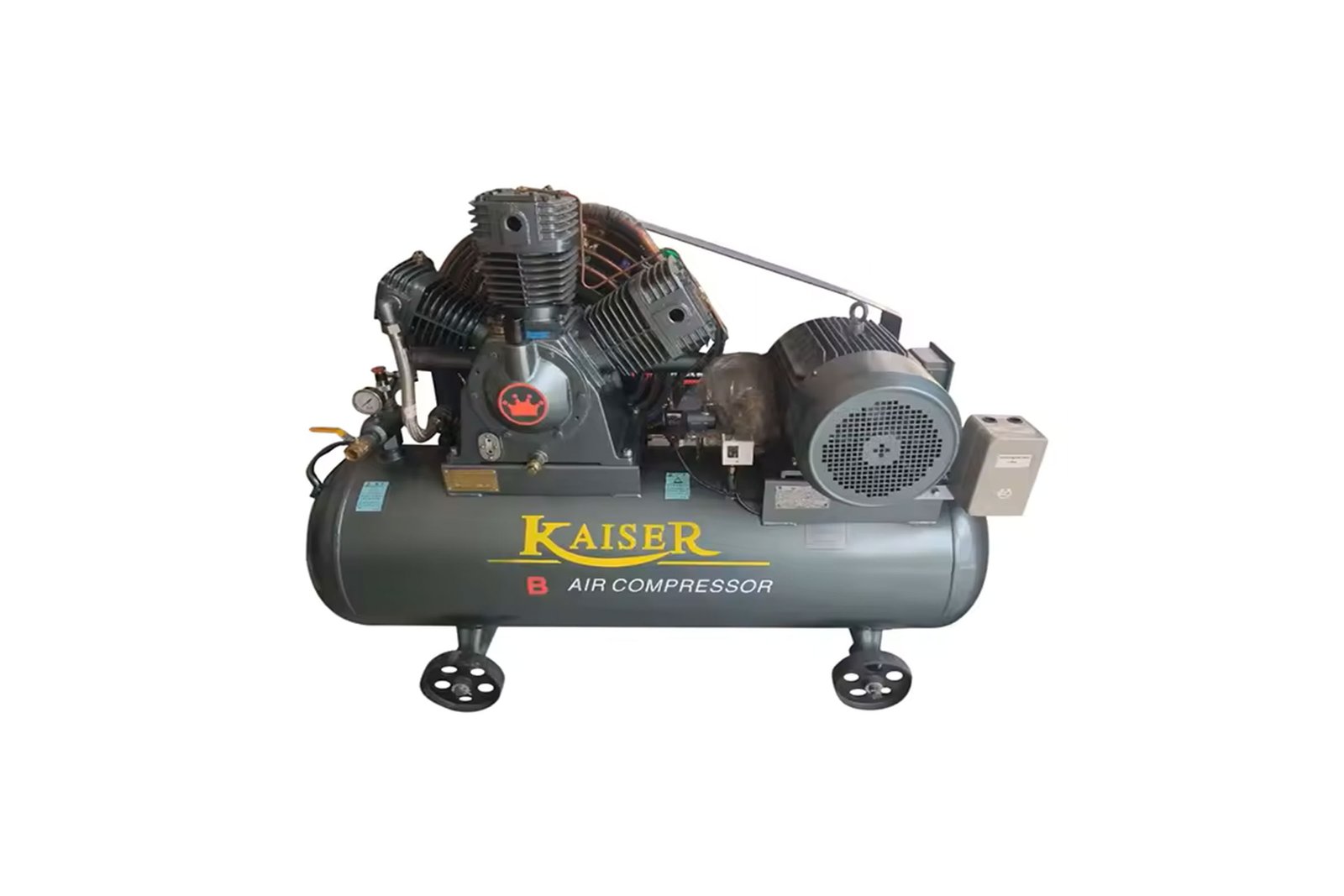
3. Screw Air Compressor
A screw air compressor is a type of positive displacement compressor that uses screws to compress air. This system is known for its energy efficiency and continuous operation, making it a popular choice for industrial settings.
- How it Works: The screw mechanism traps air and compresses it as the screws rotate.
- Benefits:
- Continuous operation without interruption.
- High efficiency: Requires less energy compared to piston compressors.
- Long-lasting: Designed for heavy-duty use with minimal maintenance.
Screw air compressors offer a reliable and cost-effective solution for providing compressed air in manufacturing plants.
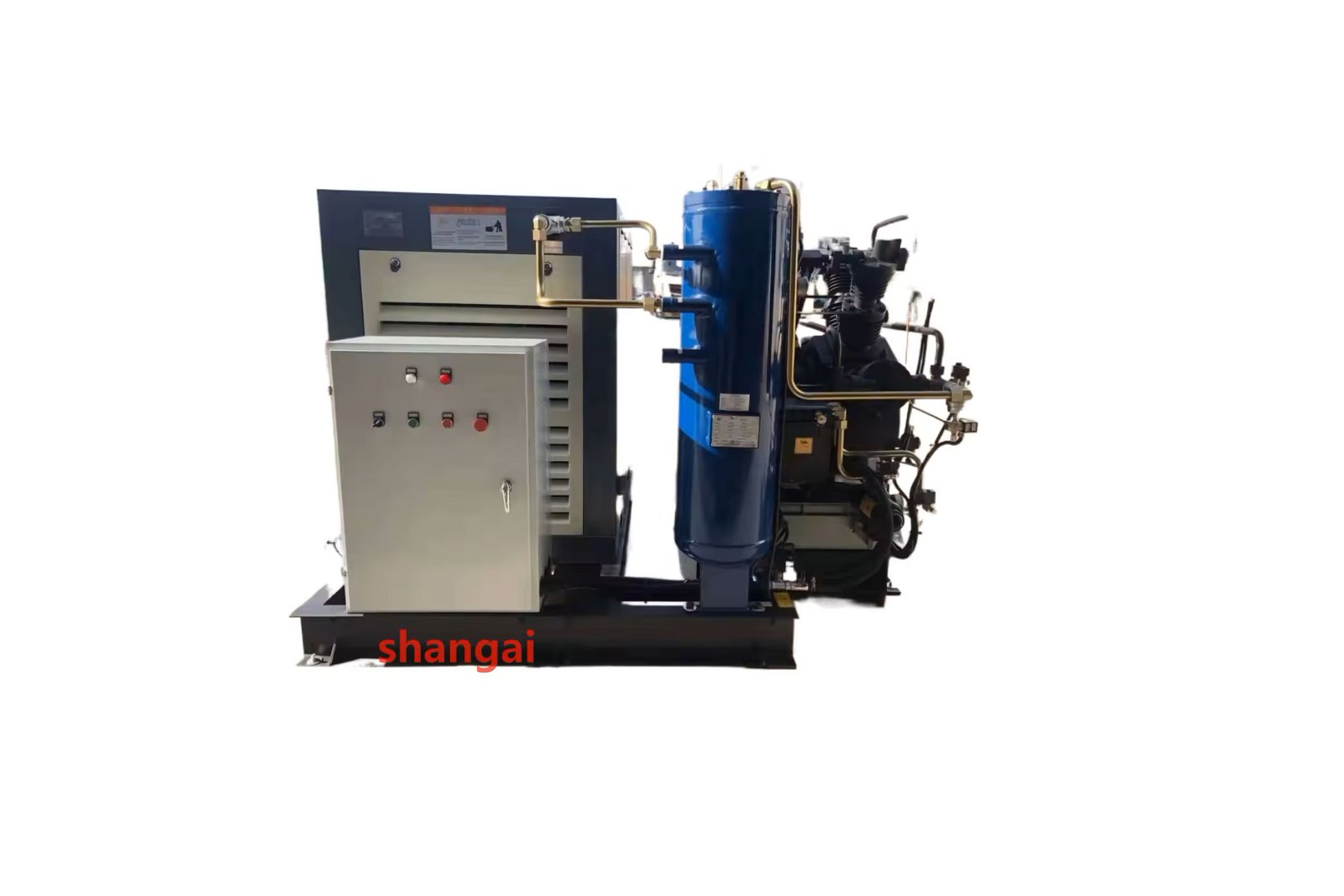
4. Air Pressure Tank
An air pressure tank stores compressed air and ensures a steady supply for production processes. This equipment helps to maintain consistent pressure even when demand fluctuates.
- How it Works: The tank stores air at a predetermined pressure, releasing it when needed.
- Benefits:
- Maintains stable pressure in the system.
- Reduces compressor load by acting as a buffer.
- Improves energy efficiency by reducing the frequency of compressor operation.
An air pressure tank helps stabilize the air system, improving production efficiency and reducing wear on compressors.
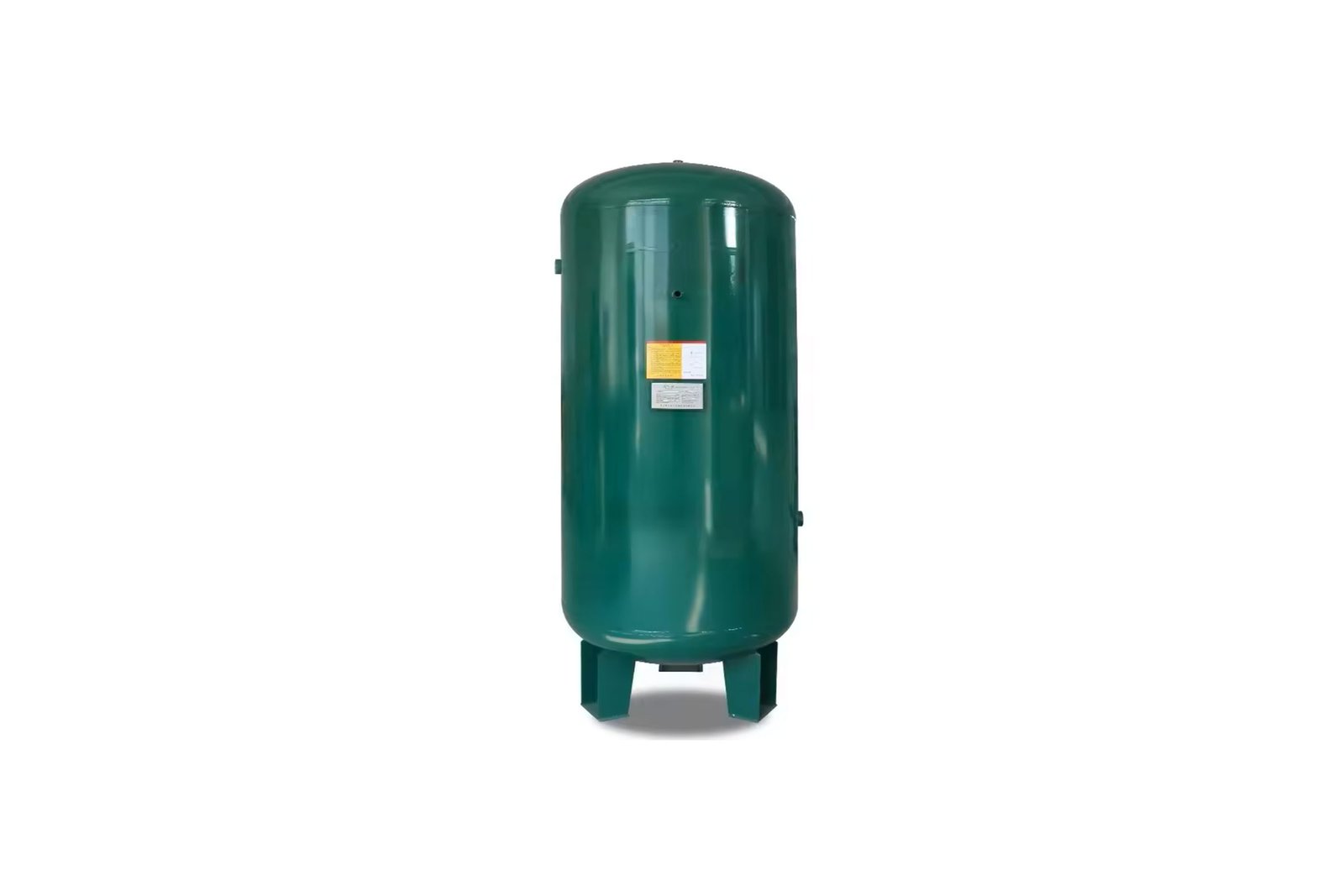
5. Air Filter
An air filter is used to clean the air entering the machinery, removing dust, dirt, and other contaminants that could damage equipment. Clean air is crucial for maintaining the integrity of production lines and preventing blockages or malfunctions.
- How it Works: The filter removes particles from the incoming air to ensure only clean air reaches the machines.
- Benefits:
- Prevents damage to machinery by filtering out contaminants.
- Improves air quality, leading to better production conditions.
- Reduces maintenance costs by minimizing equipment damage.
Incorporating air filters into your production system ensures optimal performance by preventing dust and debris from entering sensitive equipment.
Benefits of Using Advanced Auxiliary Equipment
1. Improved Operational Efficiency
The integration of advanced auxiliary equipment ensures that the production process remains smooth and consistent. By automating tasks such as air compression, filtration, and drying, these systems help reduce downtime and improve throughput.
- Faster Production Cycles: By maintaining consistent pressure and clean air, production cycles are faster and more efficient.
- Minimal Downtime: These systems are designed to work seamlessly with minimal maintenance needs.
- Cost Savings: Reduced downtime and energy consumption lead to lower operational costs.
2. Better Product Quality
When auxiliary equipment maintains optimal conditions, it helps improve product quality. For instance, a high pressure air dryer ensures that moisture doesn’t affect the materials, while air filters guarantee that the air used is clean.
- Consistent Product Quality: Regular maintenance of equipment leads to a steady production output.
- Reduced Defects: Eliminating moisture and contaminants prevents defects in finished products.
By ensuring that all components of the production line are working optimally, manufacturers can consistently produce high-quality products.
3. Enhanced Machine Longevity
Proper maintenance through the use of advanced auxiliary equipment helps extend the life of your machinery. By filtering contaminants, removing moisture, and ensuring stable air pressure, these tools reduce wear and tear on your equipment.
- Prevents Corrosion: Air dryers and filters prevent moisture and dirt from damaging machinery.
- Improves Maintenance Efficiency: With fewer breakdowns, maintenance becomes easier and less frequent.
Investing in advanced auxiliary equipment results in better machine performance and longevity, reducing the need for costly replacements.
Related Questions and Answers
1. What is the role of an air dryer in manufacturing?
An air dryer removes moisture from compressed air, preventing corrosion and ensuring smooth operation.
2. How does a screw air compressor work?
A screw air compressor uses two interlocking screws to compress air continuously.
3. Why is an air filter necessary for production?
An air filter ensures clean air reaches the machinery, preventing damage caused by contaminants.
4. How can an air pressure tank improve efficiency?
It maintains consistent air pressure, reducing the load on compressors and ensuring a steady supply of compressed air.
5. What are the benefits of using advanced auxiliary equipment?
Benefits include reduced downtime, better product quality, and enhanced machine longevity.
Table: Types and Benefits of Auxiliary Equipment
| Equipment Type | Benefits | Example Applications |
| High Pressure Air Dryer | Removes moisture, prevents corrosion | Used in blow molding, injection molding |
| High Pressure Compressor | Supplies high-pressure air for various processes | Used in heavy-duty machinery, manufacturing |
| Screw Air Compressor | Continuous operation, energy-efficient | Ideal for factories with high air demand |
| Air Pressure Tank | Stores compressed air, maintains pressure | Used in industries requiring stable air supply |
| Air Filter | Ensures clean air for machinery | Applied in all machinery requiring air filtration |
Conclusion
Incorporating advanced auxiliary equipment such as high-pressure air dryers, compressors, air filters, and pressure tanks can significantly boost production efficiency. These tools automate vital secondary tasks, ensuring that the primary machinery operates under optimal conditions. With better product quality, reduced downtime, and longer-lasting equipment, businesses can enhance their production capabilities while lowering operational costs. Whether you’re looking to improve air quality, maintain steady pressure, orTitle: Enhancing Production Efficiency with Advanced Auxiliary Equipment

